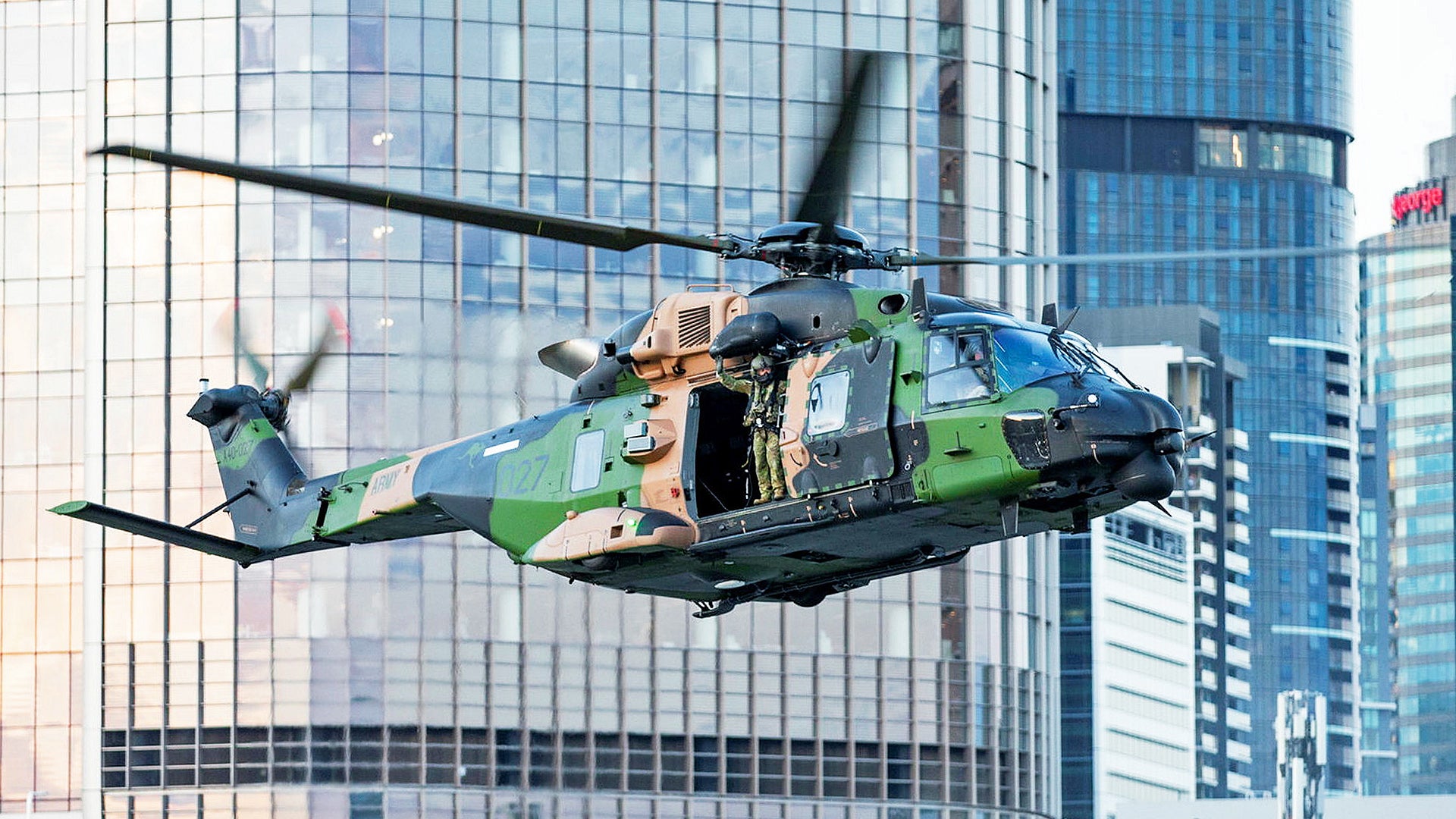The sorry saga of the NHIndustries MRH90 battlefield utility helicopter in Australian military service is seemingly coming to an abrupt end. The helicopter, known to the Australian Army as the Taipan, after a deadly venomous snake, has proven to be impossible to operate effectively and the government has instead decided to look at replacing it with the UH-60M Black Hawk. Ironically, it was older Black Hawks, among other types, that the MRH90 had originally been intended to supersede, but the program has never been far from trouble since service entry in 2007.
Australian Minister for Defense Peter Dutton took to Twitter this morning to confirm that Australia was finally giving up on the MRH90. “This morning I announced the Morrison government’s decision to strengthen the Australian Army’s helicopter capability by formally requesting advice from the U.S. on the acquisition of up to 40 UH-60 Black Hawk helicopters to replace the MRH90 Taipans,” he wrote.
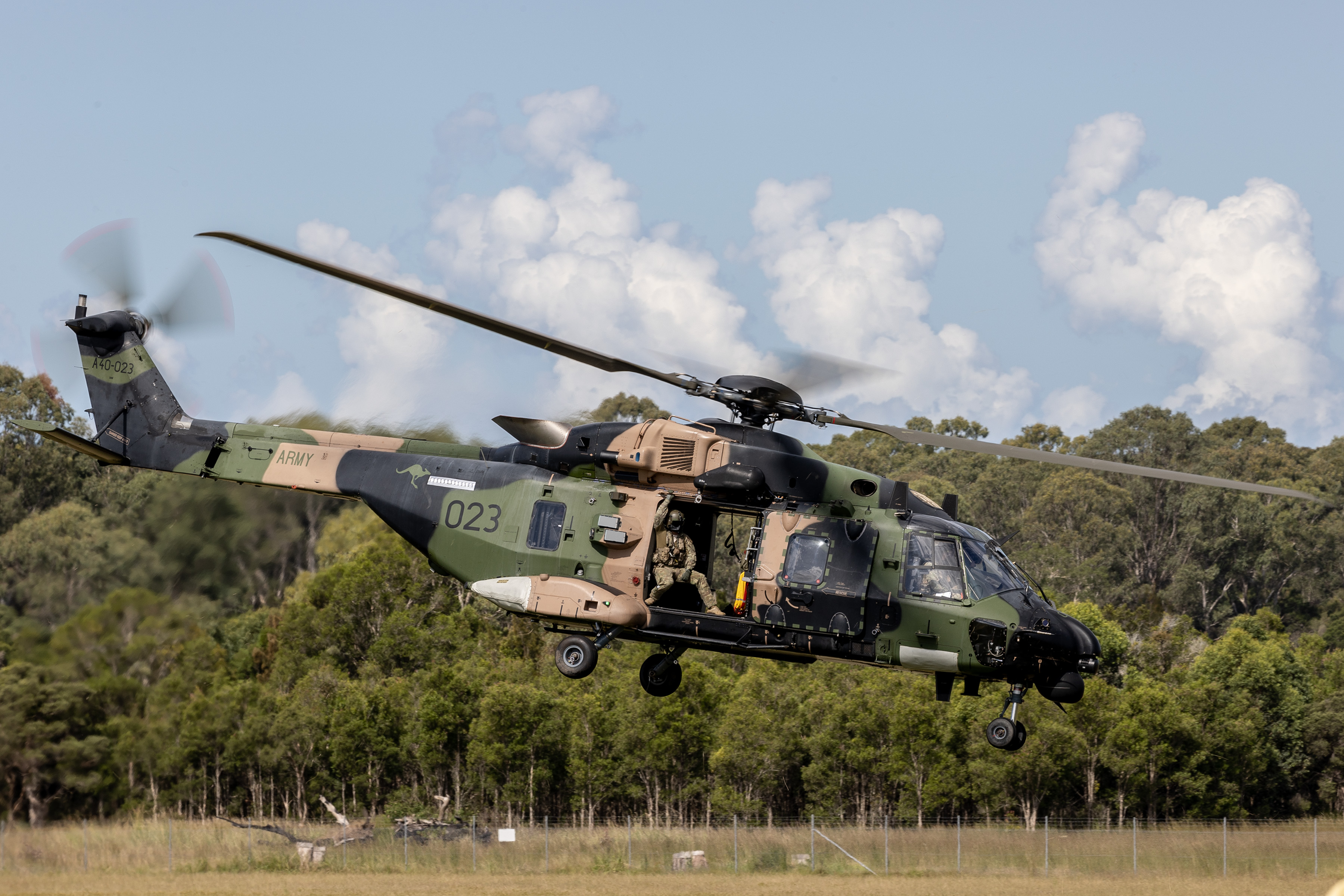
Further detail behind the decision was provided in a statement from the government, which noted that “the MRH90 helicopter fleet has not met contracted availability requirements nor the expected cost of ownership ahead of its planned withdrawal from service in 2037.” A new date for its retirement has not yet been provided, but Dutton had said that he wants the new type to be introduced “over the next couple of years.”
“The performance of the MRH90 Taipan has been an ongoing and well-documented concern for [the Australian Ministry of Defense] and there has been a significant effort at great expense to try to remediate those issues,” Dutton added. “It is critically important there is a safe, reliable, and capable utility helicopter available for our servicemen and women into the future, with reasonable and predictable operating costs.”
“The Black Hawk is so much cheaper on a per-hour basis to run than the existing Taipan,” Defense News
reports Dutton as having said. “The Taipan is unreliable, there’s a lot of money that’s spent on maintenance and a lot of downtime of our pilots and aircrews who should be up training and they should be flying these helicopters, and at the moment, in many cases, they just can’t.”
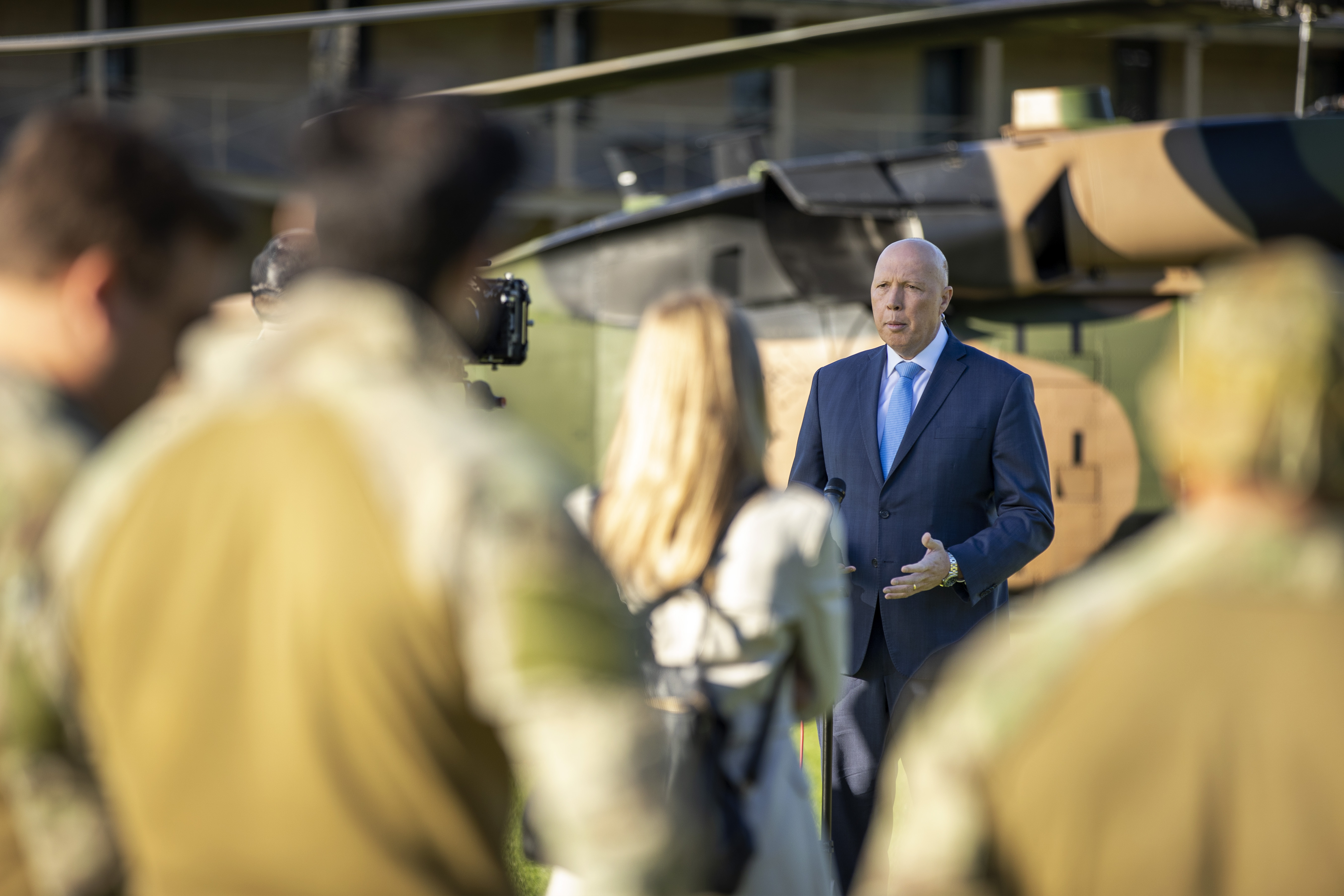
At this point, Australia has only requested information from the U.S. government on the UH-60M as an alternative to the MRH90, although it seems fairly obvious the fate of the Taipan is now sealed. Furthermore, it’s been said that the new Black Hawk would provide savings to the taxpayer of around US$1.8 billion through 2037.
While reduced operating costs is good news, the addition of new versions of the tried and tested UH-60 to the Australian Army fleet is ultimately an embarrassing climbdown for the Australian Ministry of Defense after investing around US$3 billion in the MRH90 program. After all, the Taipan was acquired with the claim that it would be superior to the 1980s-era Black Hawks that it replaced.
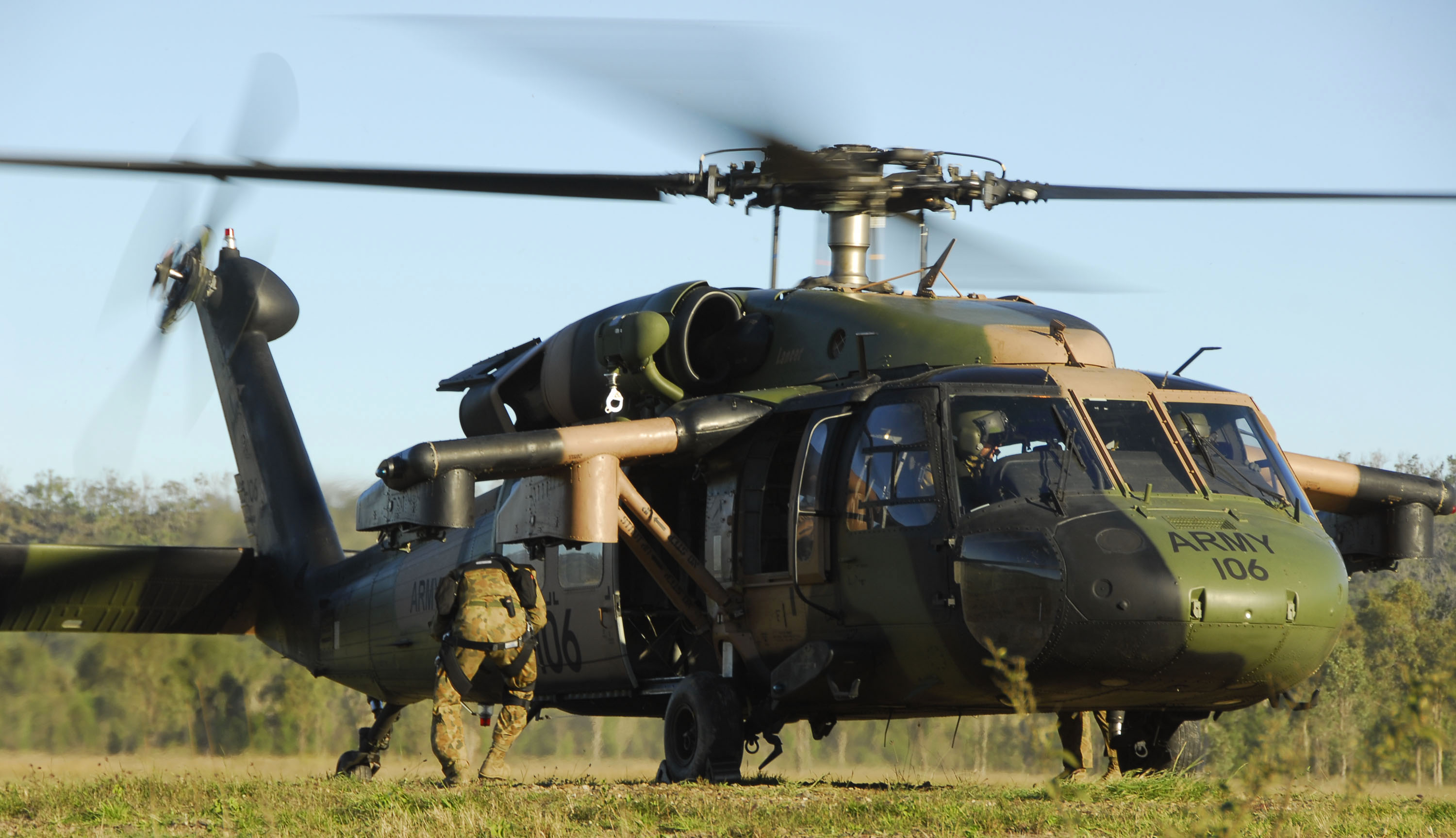
Meanwhile, the six MRH90s operated by the Royal Australian Navy, or RAN, are also being lined up for replacement. These helicopters are used for maritime support, but the U.S. State Department has already approved the potential sale of 12 more MH-60R Seahawks as potential successors to the naval-tasked MRH90s.
The MRH90 is an Australian-specific derivative of the NH90, developed in Europe by the multinational NHIndustries company, which comprises Airbus Helicopters, Leonardo, and GKN Fokker. NH90s have been ordered in multiple land-based and maritime versions by 14 different countries and total deliveries to date stand at 446, according to the manufacturer’s website. Australia acquired a total of 46, for both the Army and RAN, which share a pooled fleet.

The NH90 can cruise at 162 knots and carry up to 20 troops, while the latest UH-60M version of the Black Hawk cruises at 151 knots and usually transports around 11 fully equipped soldiers.
As The Strategist, the analysis and commentary site from the Australian Strategic Policy Institute, or ASPI, observes, “on paper, the MRH90 has more capacity than the Black Hawk, in real life that’s irrelevant if the helicopter isn’t flying.”
But it wasn’t capabilities alone that saw Canberra originally select the MRH90, in favor of — you guessed it — the UH-60M, despite apparent Defense Forces’ preference for the Black Hawk. However, the MRH90 came with significant benefits for local industry, including through local assembly, whereas the American product would likely have been bought off the shelf.
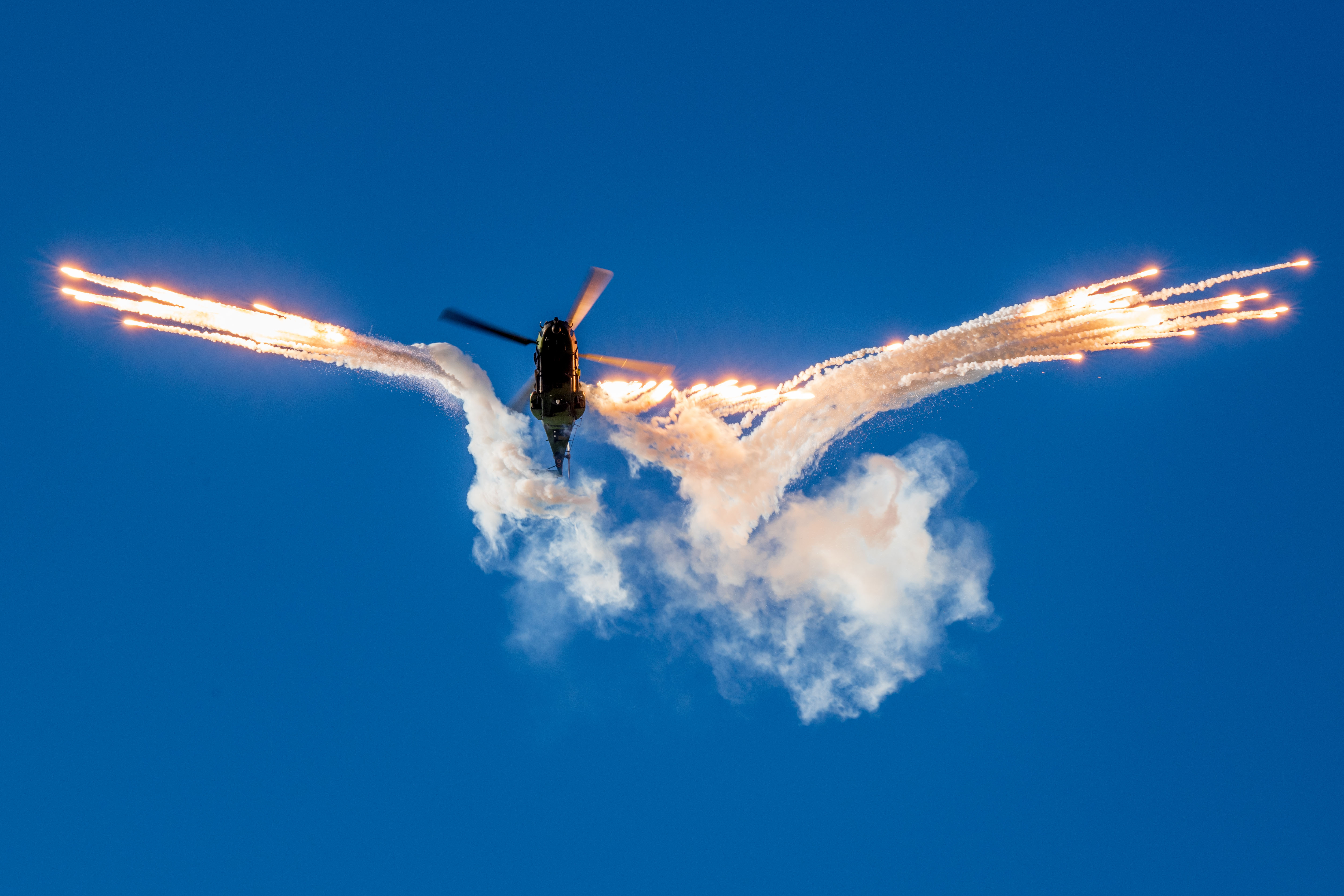
Ultimately, despite the benefits of those offsets, a catalog of problems with the type means the MRH90 means has been on the government’s projects of concern watchlist since 2011. In fact, the situation has gotten worse, not better, with the helicopter’s per-hour operating cost rising from $35,000 to last year’s $50,000.
One particular difficulty has been in adapting the MRH90 for Army special forces support, a critical mission that’s conducted in addition to its regular utility role. As a result of delays in modifying the helicopters for special forces work, the Army was forced to fly the older Black Hawks even longer than planned, with the final examples to be retired by the end of this year.
As to why the ax has fallen on the MRH90 now, ASPI relates that decision to the changing strategic environment that Australia now faces as regards China. Having major programs fail to deliver what they promised is no longer an option as Canberra seeks to have a more accountable and efficient military at its disposal. That also implies buying new hardware quicker when it’s needed — like the UH-60M — and increased defense budgets are better able to absorb this.

Growing defense budgets are also being driven by the perceived Chinese threat but, at the same time, there is also more money to go around due to underspending over the last year or so, due to the impact of COVID-19 on industry and supply chains.
The MRH90 decision also follows the decision by the previous Australian government to replace its Airbus Helicopters Tiger Armed Reconnaissance Helicopters (ARH) with AH-64E Apache Guardian attack helicopters, so is yet another blow to European helicopter industries in Australia.
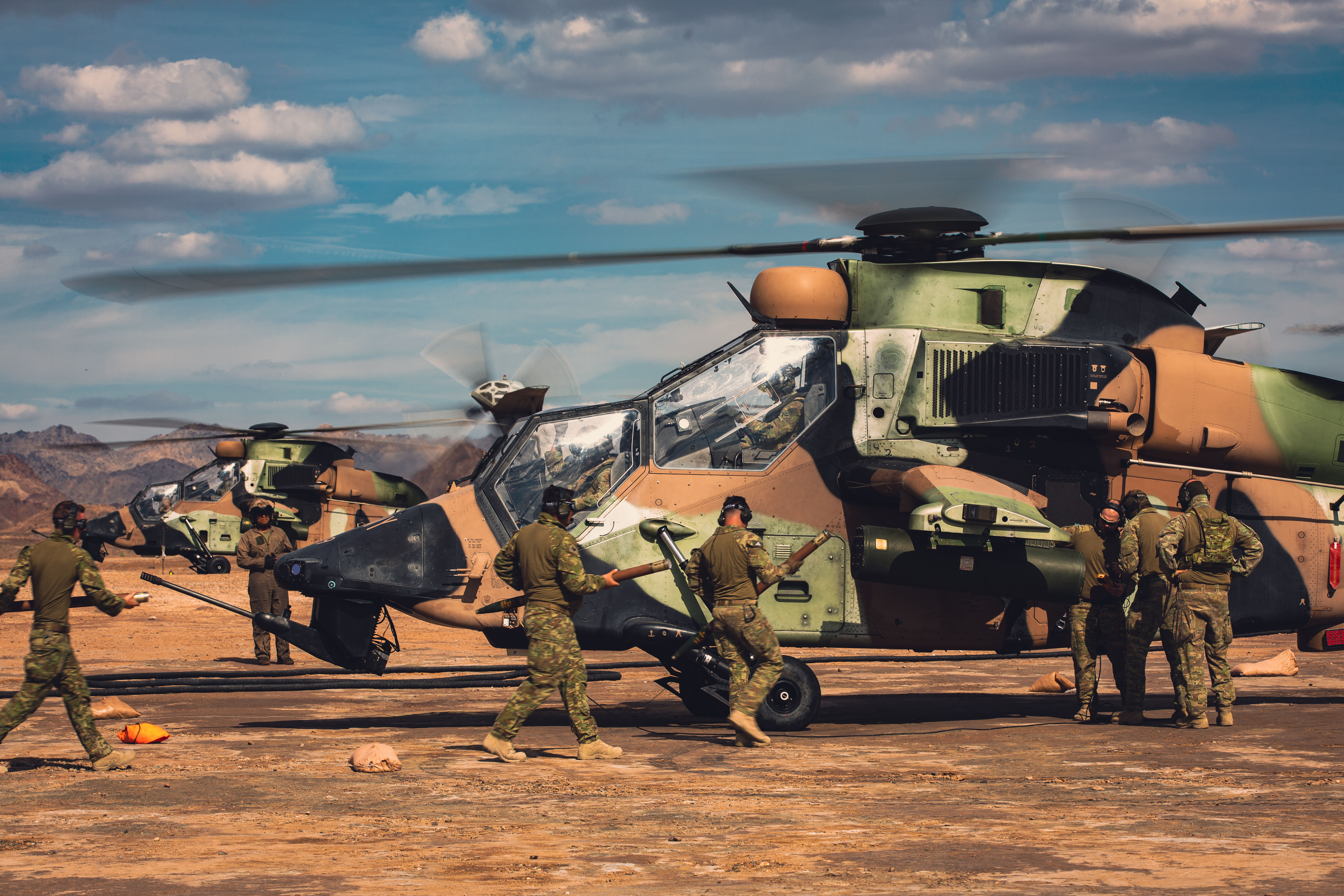
As well as the Tiger ARH, Australia showed a similar willingness to simply drop underperforming defense programs earlier this year when it walked away from plans to buy French-designed Attack class submarines and instead look to the United States and the United Kingdom to develop a nuclear-powered submarine capability. That decision enraged France, which was caught off guard by Canberra’s decision to team up with the United States and the United Kingdom as a new strategic alliance, under the AUKUS agreement, with a focus on addressing threats in the Asia Pacific region.
Then, outside of Australia, it should be noted that other NH90 operators have faced a variety of problems with the helicopter, although these issues have rarely been consistent, especially since individual variants — more than 20 in all — can differ from country to country.
Examples include Germany, where the Army’s helicopters have been revealed to have rear ramps too weak to support fully equipped soldiers, cabin floors that can be damaged by combat boots, among other faults. At one point in 2019, as we reported, only around 12 percent of Germany’s NH90s were mission-capable, with the German Armed Forces blaming Airbus for alleged failings in its maintenance services.
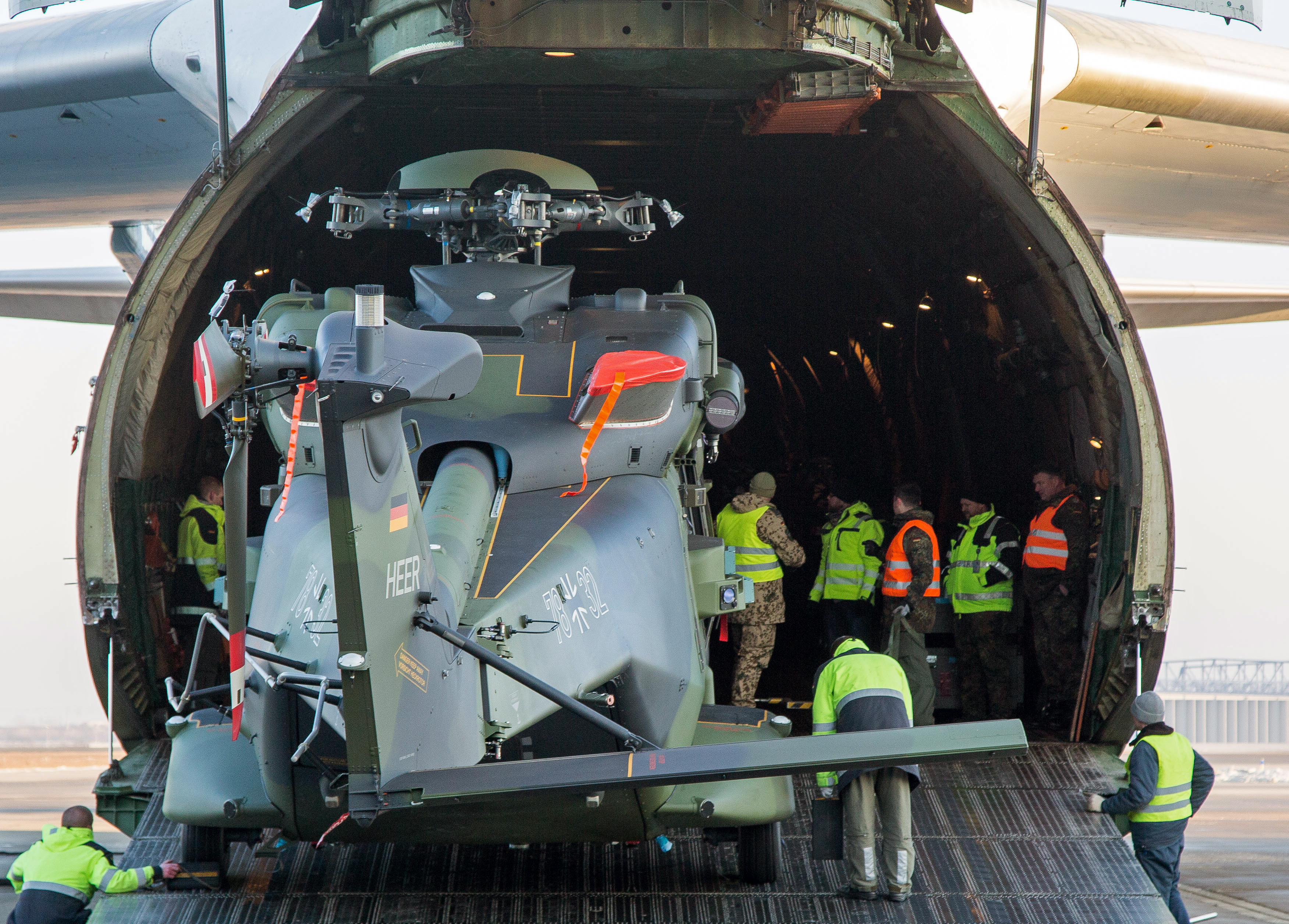
Earlier this week It was confirmed that Norway has issued a request for information (RFI) for alternatives to its NH90s that are not able to meet all of the requirements of the country’s coast guard.
With the writing on the wall for Australia’s relationship with the MRH90, it might be tempting to see the decision to ditch it in favor of a likely UH-60M buy as another facet of AUKUS and the pivot away from European suppliers to the United States. However, Australian Prime Minister Scott Morrison was today keen to stress that his country “will continue to work with many other defense contractor suppliers, but in this case, sadly the Taipans didn’t do what we needed them to do, so we’ll get the things that we need to do it.”
Buoyed by healthier defense budgets, Australia is now in a position to do what it probably would have liked to do some years ago — abandon its troublesome and costly MRH90 fleet in favor of something tried and tested.
Contact the author: thomas@thedrive.com
